Critical Moves Using Technology That Are Transformative, Not Trendy

Critical Moves Using Technology That Are Transformative, Not Trendy
We need to adapt to move forward has become a catchphrase. And like the game Catch Phrase – a mashup of Taboo and Hot Potato, we move like the timer on the game’s device, which beeps louder and faster as your heart races to find the right words in order for your team to guess the correct phrase and pass it along before the buzzer goes off.
In education, the latest technology that is meant to support our pedagogical practices along with student learning can seem like a fleeting buzzword. ChatGPT may be a current hot topic, but another AI app will take its place in no time. The pace in which edtech dials in is lightning speed, and reverberates around us like an incessant buzzer.
What does leveraging the digital mean? This question was asked at a staff meeting several months ago. Responses varied, but in the end, ironically, they mimicked Catch Phrase’s slogan, “Catch it, guess it, toss it!” We catch a new resource, receive superficial training and do a lot of guesswork on implementing it in the classroom, then toss it until the next trend.
As educators, we need to pause, process and learn to use digital tools in a way that is responsive and meaningful. We need to shift from the what (technology) to prioritizing the who (students) and the why (leveraging identity for learning).
| “Criticality is the capacity and ability to read, write, think, and speak in ways to understand power, privilege and oppression.” (Dr. Gholdy Muhammad) |
Dr. Gholdy Muhammad emphasizes this refocus on “who” and “why” through her Equity Framework in her book Cultivating Genius where she discusses how we can center students in the learning in a way that is personalized and equitable through a concept she calls ‘criticality’: “It is our job as educators to not just teach skills, but also to teach students to know, validate, and celebrate who they are” (Dr. Gholdy Muhammad). The curriculum needs to be grounded in criticality and identity work, and digital tools can be used to support students in pursuing purposeful learning.
| “Technology is not just a tool. It can give learners a voice that they may not have heard before.” (George Couros) |
The example that I am going to share focuses on leveraging digital to enhance personalized assessment through learning portfolios. A handful of students in the various secondary ESL courses asked me to help them write a resume. I used this opportunity as an entry point for a classroom discussion to compare the skills that are important at school and in the workplace. The topic of business cards arose – their purpose and the kind of information that is typically found on them. Several newcomer students from Japan chimed in with enthusiasm and promptly taught their peers about the cultural nuance of meishi, which translates to exchanging business cards as an indispensable first impression based on respect, consensus and exchanged in a gracious manner. Another student responded, “It’s like your Instagram profile but on paper.” There was joy being cultivated in these interactions as the students could share and teach us a piece of their lived experiences. This led us to our next step.
| How did the students choose to share their own story of learning? |
Using Canva, the students created their individual business cards. They were onto something. As they were designing their cards, I was thinking of creative ways to use their business cards to collate ongoing assessments and to share meaningful growth feedback – first and ongoing impressions. The students were already savvy with QR codes as we have been using them throughout the year to make an appointment with their guidance counselor, or to access information on numerous school and community initiatives. What if we embedded a unique QR code to each business card and linked it to a document where students could self-reflect and showcase their excellence and growth throughout the semester? This would encourage agency and provide a seamless platform where students can share their journey of learning across multiple curriculum areas.
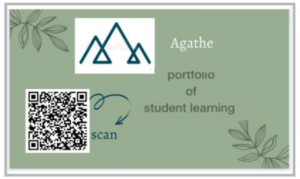
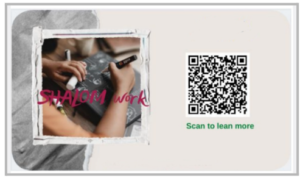
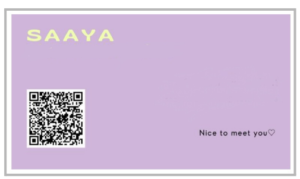
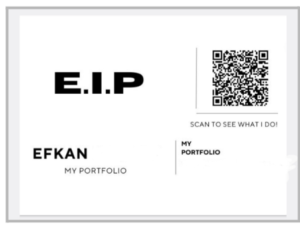
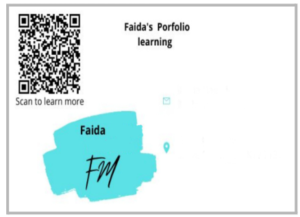
Five student samples of live QR business cards linked to their learning portfolios. Used with their permission.
| “Children must be taught how to think, not what to think.” (Margaret Mead) |
Once the cards were completed, we started to build a list of questions and prompts for weekly reflections. We enlisted ChatGPT for some ideas, and what was interesting was that the students preferred to create their own questions. They quickly recognized that in order for the large language model app to come up with a question that not only made sense but was relatable, they actually had to explicitly enter in the specific terms in the app’s prompt. Many of them simply stated, “We are doing the work. It’s just repeating what we are telling it.”
So we decided to create our own reflection questions. ChatGPT did not make connections to student identity. Here is what we co-created and will continue to add to throughout the semester. Once a week, students will select a choice piece that resonated with them in any content area, and then reflect and respond to one or two questions. We can tailor these questions and the process as we go along.
What did you learn from completing this task?
Which task were you successful in completing? Explain.
Which task spoke to your identity? How?
What was the most challenging part of the work for you?
How did you approach solving the problem or completing the task?
What strategies did you use to overcome any difficulties or obstacles?
How could you have improved your work or approach?
How does this task connect to your previous learning or future goals?
What additional resources or teacher support would have been helpful for you during this task?
What feedback would you give to a peer who is working on a similar task or assignment?
What are your next steps for this task or assignment, and what do you need to do to move forward?
The educational landscape is constantly evolving with the world. We have the power as educators to choose how we frame and respond to new tools. That is where the innovation lies because “between stimulus and response there is a space. In that space is our power to choose our response. In our response lies our growth and our freedom” (Viktor Frankl). Let us model purposeful work rooted in identity and justice to empower students.

Tu Vuong is an educator and writer who has worked as a consultant, teacher and advocate for newcomer families and students. She has been a lead in projects with the Ontario Ministry of Education, Apple Education, and has contributed educational content to various magazines, blogs and podcasts. She finds joy in composing pieces that weave words and art and has published her debut book “Coming Họmẹ”. She currently teaches at St. Patrick’s High School in Ottawa.

Recent Comments